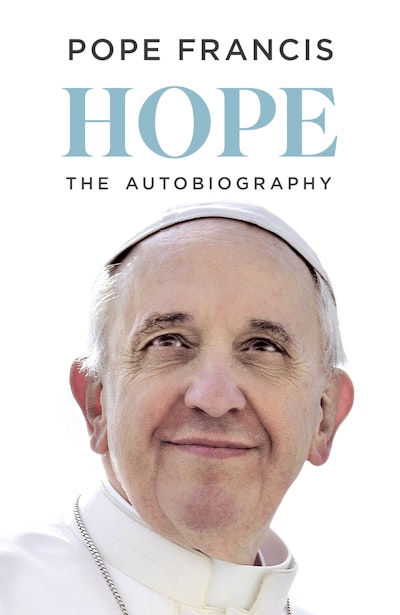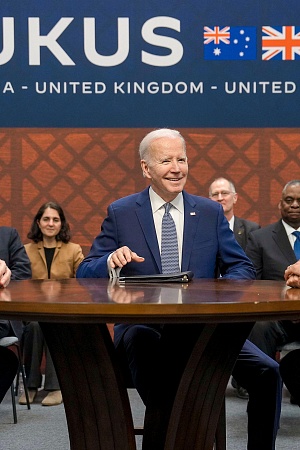Ancient sovereignty shining through
On many occasions throughout our nation’s history, change seemed imminent, perhaps even just on the horizon, but it has always receded into the distance. The instigation and then closure of successive important representative organisations such as the National Aboriginal Consultative Committee, the National Aboriginal Conference, the Aboriginal and Torres Strait Islander Commission, and the National Congress of Australia’s First Peoples illustrate the impacts of electoral politics and the vagaries of political ideologies. Each decade seems to have brought a different structure, some more and some less representative than others. But there has been little continuity or coherence, in either the national or state administrative and political arrangements, in addressing the specific concerns of Indigenous people.
In stark contrast, the 2017 Uluru Statement from the Heart deliberately asserts the authority of Aboriginal and Torres Strait Islander Australians over the key claims for sovereignty and self-determination – well-known and accepted concepts of political autonomy and authority in international law. The statement declares these concepts are based on spiritual connection to, and being first possessors of, the land of Australia. The statement’s claim to authority represents a pluralist expression of law, a concept that is common in countries that are former colonies where a traditional (or customary) legal system sits alongside the laws of the former colonial authority. Australia can accommodate many laws, many people, and many nations.
The Uluru Statement calls for two substantive reforms. The first is constitutional amendment to incorporate a ‘Voice to Parliament’, an advisory body of Indigenous representatives that would influence and participate in the development of Commonwealth law and policy regarding matters that impact Indigenous communities and peoples. Constitutional entrenchment, rather than simple legislative enactment, is sought to protect the advisory body against dissolution due to changes in political support for such a body, and also to engender popular support for the recognition of Aboriginal and Torres Strait peoples’ rights in the Constitution.
The second reform is the establishment of a Makarrata Commission, an agreement-making body with responsibilities for developing treaty or agreement-making processes, and supporting a national truth-telling process about history, past abuses, and colonisation, among other matters.
Together, these reforms are expressed in the Uluru Statement as ‘Voice, Treaty, Truth’. We understand these elements as working in concert to deliver structural and substantive reform to the legal and political processes that have until now excluded Indigenous sovereignty and self-determination from Anglo-Australian public law.
The referendum process itself may have wider effects on Australian society at large, much as the 1967 referendum and the national apology each represented a nation-wide shift in attitudes. Given that Australian public law and public policy have generally been dismissive, derogatory, and often destructive towards Indigenous laws and governance structures, there are strong arguments for the federal Constitution to include acknowledgment of the first occupation, ownership, and sovereignty of Australia by Indigenous peoples.
Now, through the broad Indigenous community consultations that led to the Uluru Statement from the Heart, through numerous Australian parliamentary committees and inquiries, through the affirmation of governments, many law-makers, civil society organisations, and the private sector, we have a proposal for an Indigenous-led advisory body known as the ‘Aboriginal and Torres Strait Islander Voice’. That advisory body would be included in our Australian Constitution by way of a referendum, which is the only way we can alter the words of our constitutional document. And it needs to be in the Constitution, not only to protect the body from the changing whims of governments, but also because this is what the Uluru Statement asks of us:
With substantive constitutional change and structural reform, we believe this ancient sovereignty can shine through as a fuller expression of Australia’s nationhood … We seek constitutional reforms to empower our people and take a rightful place in our own country.
Despite the political debate that has ensued around the Voice proposal, we observe that the choice of an institutional advisory body that informs parliament and the executive government is entirely unremarkable. It is a modest proposal. We barely cast a glance at the work of the Productivity Commission or the Australian Law Reform Commission (ALRC), both of which are mainstream advisory bodies to the national government. They inform law-making; their advice may be considered, or not. Similarly, the Voice to Parliament will have the capacity to inform policy and reform, but it is not a third chamber of parliament. It will not make laws or distribute funding. It will not undertake program delivery. It will have no veto. The Bill that amends the Constitution makes it clear that ‘the Parliament shall have power to make laws with respect to matters relating to the Aboriginal and Torres Strait Islander Voice, including its composition, functions, powers and procedures’. Parliament retains control over the way the Voice works.
There are already a series of guiding principles as to what the Voice will be, how it will be composed and how it will operate. The Calma and Langton report titled Indigenous Voice Co-design Process: Final Report to the Australian Government, delivered in late 2021, sets out some key frameworks for how the Voice would work. Like any government agency or advisory body, the final structure and arrangements for the Voice will be decided by parliament when it passes the laws that establish the body. So politicians will retain the final say on how the Voice operates, while the existence of the body is enshrined in the Constitution.
The Calma and Langton co-design report was based on widespread consultation and feedback within communities. The model they propose would have twenty-four representative members, comprising state and territory representatives, Torres Strait representatives, and five additional representatives from remote areas around Australia. It would be gender-balanced and would include youth representatives. The members would be selected by Aboriginal and Torres Strait Islander communities, not appointed by the executive government, and they would serve on the Voice for a fixed period to ensure regular accountability to their communities. Also with respect to accountability, as well as transparency, it is intended that the Voice be subject to standard governance and reporting requirements, and its members would come within the scope of the newly established federal National Anti-Corruption Commission.
Once established, the Voice would be tasked with making representations to parliament and the executive government on matters relating to Aboriginal and Torres Strait Islander peoples. The Voice would be funded to adequately research, develop, and make these representations, which could be in response to requests from the government and parliament (just as the ALRC responds to references from the government), or they could be proactive representations (just as the Victorian Law Reform Commission is able to initiate its own inquiries). Ideally, of course, the parliament and executive government would seek representations from the Voice early in the development of proposed laws and policies.
If the referendum is successful, a process will be undertaken, involving Aboriginal and Torres Strait Islander communities, the parliament and the broader public, to definitively settle the design of the Voice. The legislation to establish the Voice will then proceed through standard parliamentary processes to ensure adequate scrutiny by elected representatives in both houses of parliament. Only then will membership of the Voice be decided, and the process of feeding advisory representations to parliament and the government begin.
There are many other valid bases for addressing the potential impact of the Voice, be they moral, ethical, philosophical, economic, policy, or political rationales, but next we will canvas the national values and goals that flow from having the Voice structured in this way, and having this advisory role. In this sense, we engage here with the question of the national interest of the Voice body.
Despite the myriad positive consequences of the Voice as described above, many myths and much misinformation have been propagated about it. To be clear, what is proposed is a Voice to parliament, not a Voice in parliament. It will have no role in passing legislation; that will remain in the hands of elected representatives in the federal parliament, as required by the Constitution. The Voice can make representations to parliament, but it will be up to parliament to decide what it does with those representations; it should pay attention to them, but it will always take into account a wide range of advice from across the community. The Voice does not create special rights for Indigenous people or give them a veto – it just establishes an advisory body. Parliament will be better informed about the impact of proposed laws on First Nations peoples and can amend its laws where that is appropriate. So, for example, it will inform how Closing the Gap and other initiatives can best work to improve outcomes.
The Voice will not damage our democratic institutions; it will enhance them. It will not ‘put race into the Constitution’, as the Constitution already allows for racially discriminatory laws by virtue of section 51(xxvi) (the race power). It will ensure that the silence and omissions of the past can be addressed in the future.
Melissa Castan is a Professor at the Monash Law Faculty and the Director of the Castan Centre for Human Rights Law. She is a Fellow of the Australian Academy of Law.
Lynette Russell is Sir John Monash Distinguished Professor and ARC Laureate at the Monash Indigenous Studies Centre in the School of Philosophical, Historical, and International Studies at Monash University. She is a widely published author specialising in Aboriginal history.
This is an extract from Time to Listen: An Indigenous Voice to parliament (Monash University Publishing, 2023).














Leave a comment
If you are an ABR subscriber, you will need to sign in to post a comment.
If you have forgotten your sign in details, or if you receive an error message when trying to submit your comment, please email your comment (and the name of the article to which it relates) to ABR Comments. We will review your comment and, subject to approval, we will post it under your name.
Please note that all comments must be approved by ABR and comply with our Terms & Conditions.